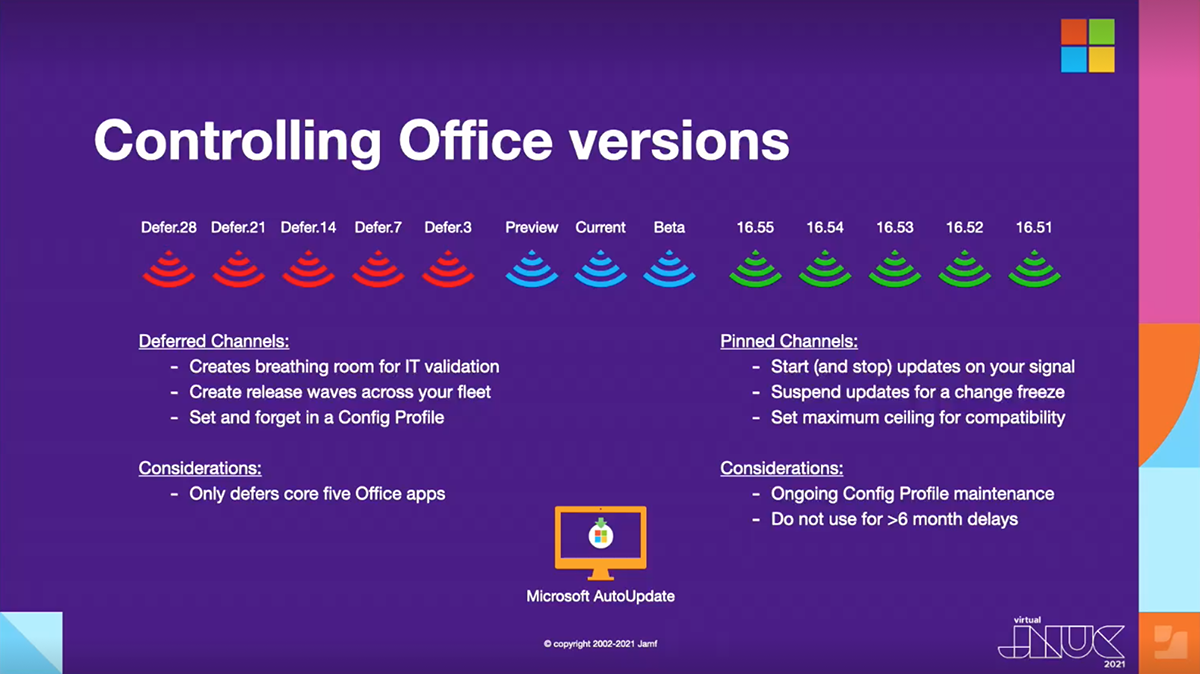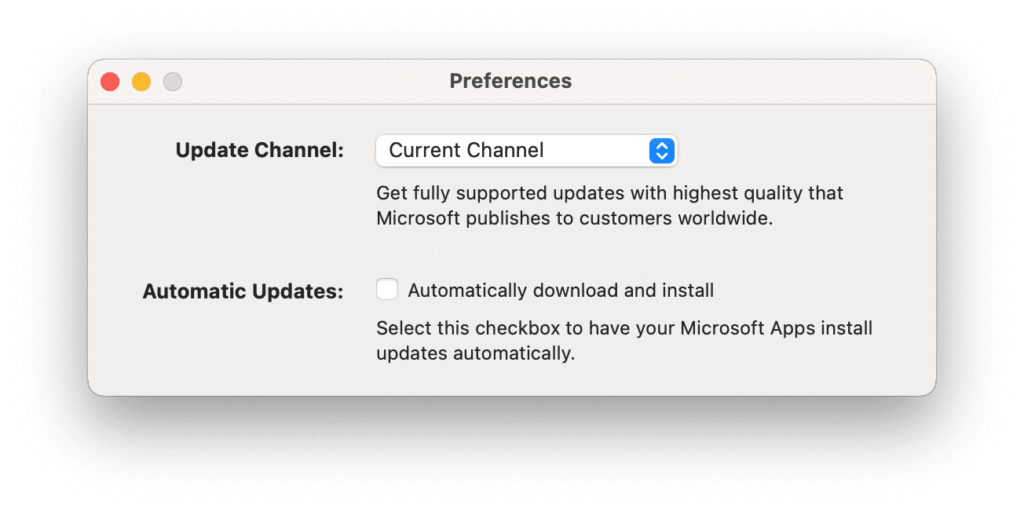
These updates rarely require system reboots, and help keep your Mac secure, so there’s no reason not to enable them in our opinion.


Check “install system data files and security updates” to ensure that these regular updates make it to your system.New versions of macOS (ie, updating from 10.12 Sierra to 10.13 Some-Other-California-Landmark) will not install automatically. You will be asked before your system restarts. Check “Install macOS updates”, and decimal point updates (for example, updating from 10.12.3 to 10.12.4) will install automatically.Note that you’ll have to close the program in order for the update to install, otherwise you will end up seeing a notification about it. Check “Install App updates” and applications you’ve downloaded using the Mac App Store will install automatically, without you having to do anything.The next three options determine whether your system will install updates without your intervention. If you check the above two options, and only those options, you’ll still need to tell the system to install updates. If you don’t have that need, it’s best to leave this enabled.Īgain, neither of these options installs updates automatically: they just set whether the system should look for updates regularly, and whether the system should download those updates when available. The only reason to disable this feature is the need to manage bandwidth usage. The next option, “Download newly available updates in the background,” controls whether or not you need to tell the system to download updates.There’s no good reason to turn this off: it’s important to know about updates when they’re ready. The top option, “Automatically check for updates,” controls whether your Mac regularly checks for new versions or not.The first two options are about checking for and downloading updates-not installing them. Happily, there’s a way to take control, and it’s in System Preferences.Ĭlick the “App Store” button and you’ll see the automatic update settings right at the top of the window. Some of you prefer having control over what is installed when. So automatic updates make sense for most people.

But popups asking users whether they want to install updates have a way of being ignored, even when the user knows that updates are important. The same goes for software updates, so it’s important to keep all your apps up to date. System updates protect your Mac from malware and other threats, and occasionally add new features. Which is why your Mac, by default, installs them automatically.


 0 kommentar(er)
0 kommentar(er)
